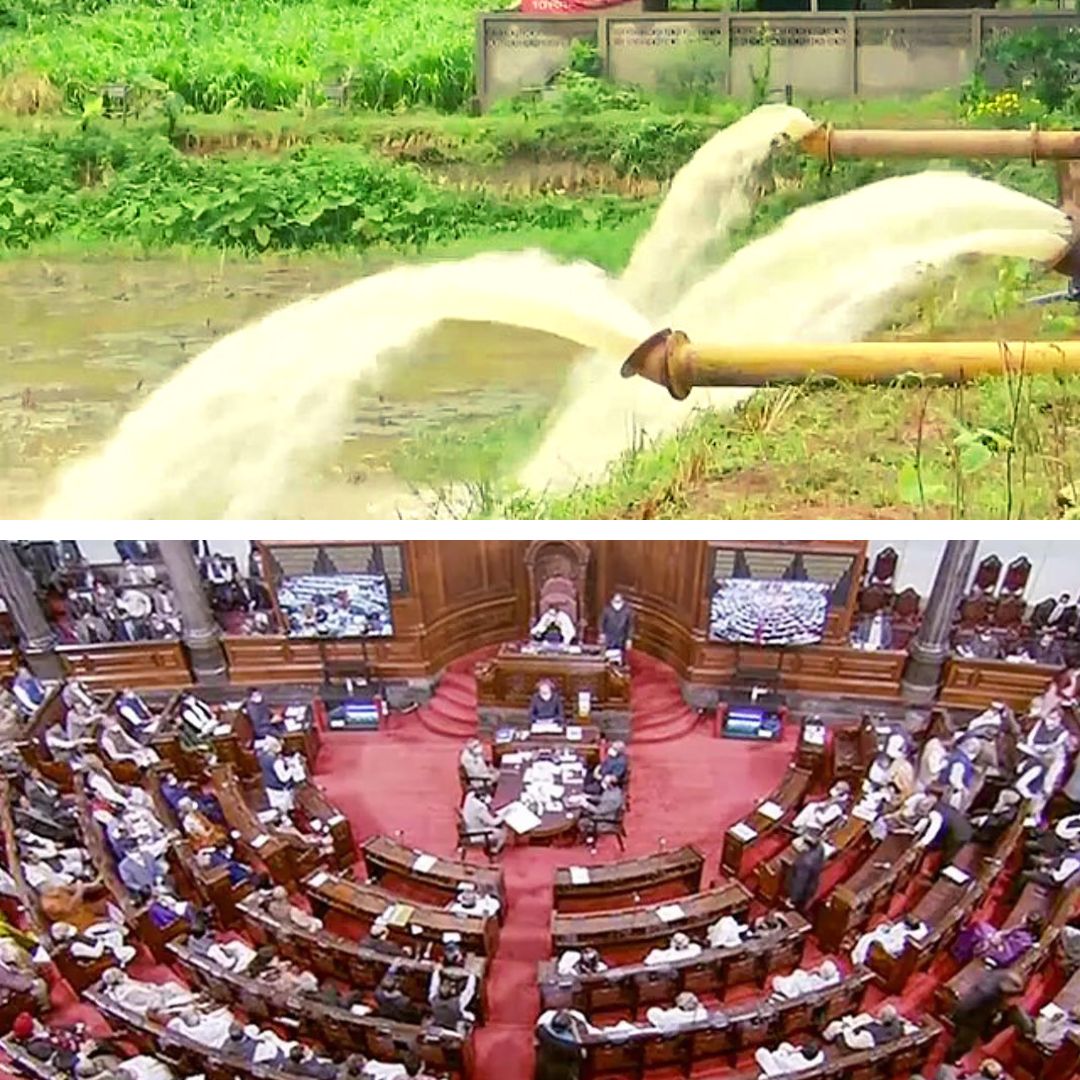
Image Credits: Wikimedia Commons, India Today
Arsenic Found In Groundwater In Parts Of 209 districts, Uranium In 152: Government In Parliament
Writer: Tashafi Nazir
For most people, journalism sounds hectic and chaotic. For her, it's a passion she has been chasing for years. With an extensive media background, Tashafi believes in putting efforts on presenting a simple incident in the most interesting way.
India, 2 Aug 2022 10:27 AM GMT
Editor : Shiva Chaudhary |
A post-graduate in Journalism and Mass Communication with relevant skills, specialising in content editing & writing. I believe in the precise dissemination of information based on facts to the public.
Creatives : Tashafi Nazir
For most people, journalism sounds hectic and chaotic. For her, it's a passion she has been chasing for years. With an extensive media background, Tashafi believes in putting efforts on presenting a simple incident in the most interesting way.
Minister of State for Jal Shakti provided data showing arsenic has been discovered in water in parts of 209 districts in 25 states and UTs, while uranium has been found in parts of 152 districts across 18 states.
The government on Monday (August 1) informed Parliament that arsenic had been found in the groundwater in parts of 209 districts in 25 states and Union territories, while uranium has been discovered in parts of 152 districts across 18 states.
In a written reply to a question in the Rajya Sabha, Minister of State for Jal Shakti Bishweswar Tudu provided data showing lead was found in parts of 176 districts in 21 states, iron in 491 districts in 29 states and UTs, cadmium in parts of 29 districts in 11 states and chromium in 62 districts in 16 states.
As per the data, arsenic has been discovered in water in parts of 209 districts in 25 states and UTs, while uranium has been found in parts of 152 districts across 18 states, NDTV reported.
Over 14,000 Iron-Affected Habitations
In addition, the data revealed that there are 14,079 iron-affected, 9,930 salinity-affected, 814 arsenic-affected, 671 fluoride-affected, 517 nitrate-affected and 111 heavy metal-affected habitations in India.
In a written reply to another question in the Upper House, Minister of State for Jal Shakti Prahlad Singh Patel stated of the 10,182 samples collected and tested at the quality control laboratories of the Delhi Jal Board since May, the percentage of the unsatisfactory samples ranges from 1.95 to 2.99, which is within the 2017 World Health Organisation (WHO) guidelines for drinking water quality.
"Action is started as per standard operating procedure to stop contamination if any," Patel said, adding that there is no proposal for the constitution of an expert committee in this matter.
Also Read: Delhi Govt Announces 'Doctor On Wheels' Scheme, Creche Facilities For Workers At Construction Sites
 All section
All section














